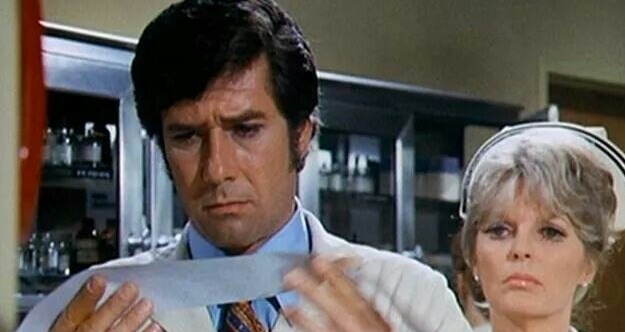
It’s been a bad year for the traditional television subscription business. An analysis by Daniel Frankel in Fierce Cable shows that it’s not quite as awful as stock analysts expected, but it’s close and awful enough…
As earnings season has approached in each quarter of 2017, analysts have predicted the watershed moment where linear pay TV losses surpass 1 million customers.
The market came close in the always-volatile second quarter, losing 976,000 subscribers…
The top 10 publicly traded operators, which account for about 95% of the market, reported losses of around 398,000 video customers in the third quarter. Discounting gains made by virtual MVPDs DirecTV Now and Sling TV, these operators lost around 820,000 traditional pay TV users.
Factoring in the pay TV business’ record-breaking first-quarter subscriber losses of 762,000, the industry has lost around 2.5 million linear customers through the first three quarters of 2017.
Among the big players, the big losers were DISH Networks and Altice USA. Both lost about 1% of their traditional linear video subscribers in the third quarter of 2017. Aside from Cox, which is privately held and doesn’t publish its key subscriber metrics, the rest hovered around a half-percent loss – AT&T/DirecTv and Verizon just below that mark; Comcast and Charter just above it.
On the other hand, AT&T/DirecTv and DISH saw big gains in their over-the-top video services. AT&T reported a gain of 296,000 DirecTv Now subscribers and DISH is estimated to have added 113,000 Sling TV subs, according to the Fierce Cable story.
Cord cutting is changing the video game, although it’s too soon to start talking about the death of the linear TV subscription business model. The seven biggest operators still have close to 90 million subs. Taking a weighted average of the five companies that report revenue per subscriber (Verizon and Cox don’t), they’re getting about $123 per month per customer. That’s a total of $11 billion every month.
The trend is bad, though. The 2.5 million TV subscribers lost this year represent about $300 million a month in revenue. There will be pressure to replace it, and the first place to look is on the broadband side of the ledger. That’ll be tough for DISH, since it’s still a pure satellite play, but the rest sell – and price – broadband on a monopoly/duopoly basis. As TV viewing shifts to Internet-based services, consumer tolerance for higher broadband subscription prices will increase.
You can bet AT&T, Verizon, Comcast, Charter, Cox and Altice will test that tolerance, right up to the breaking point.
